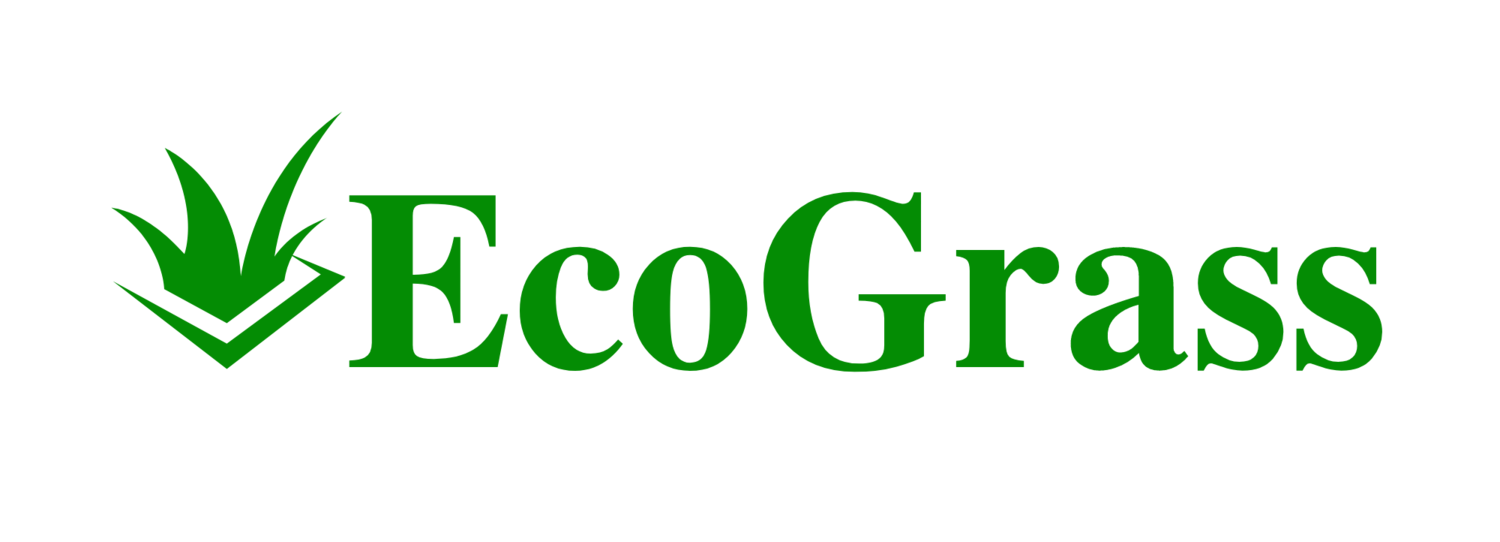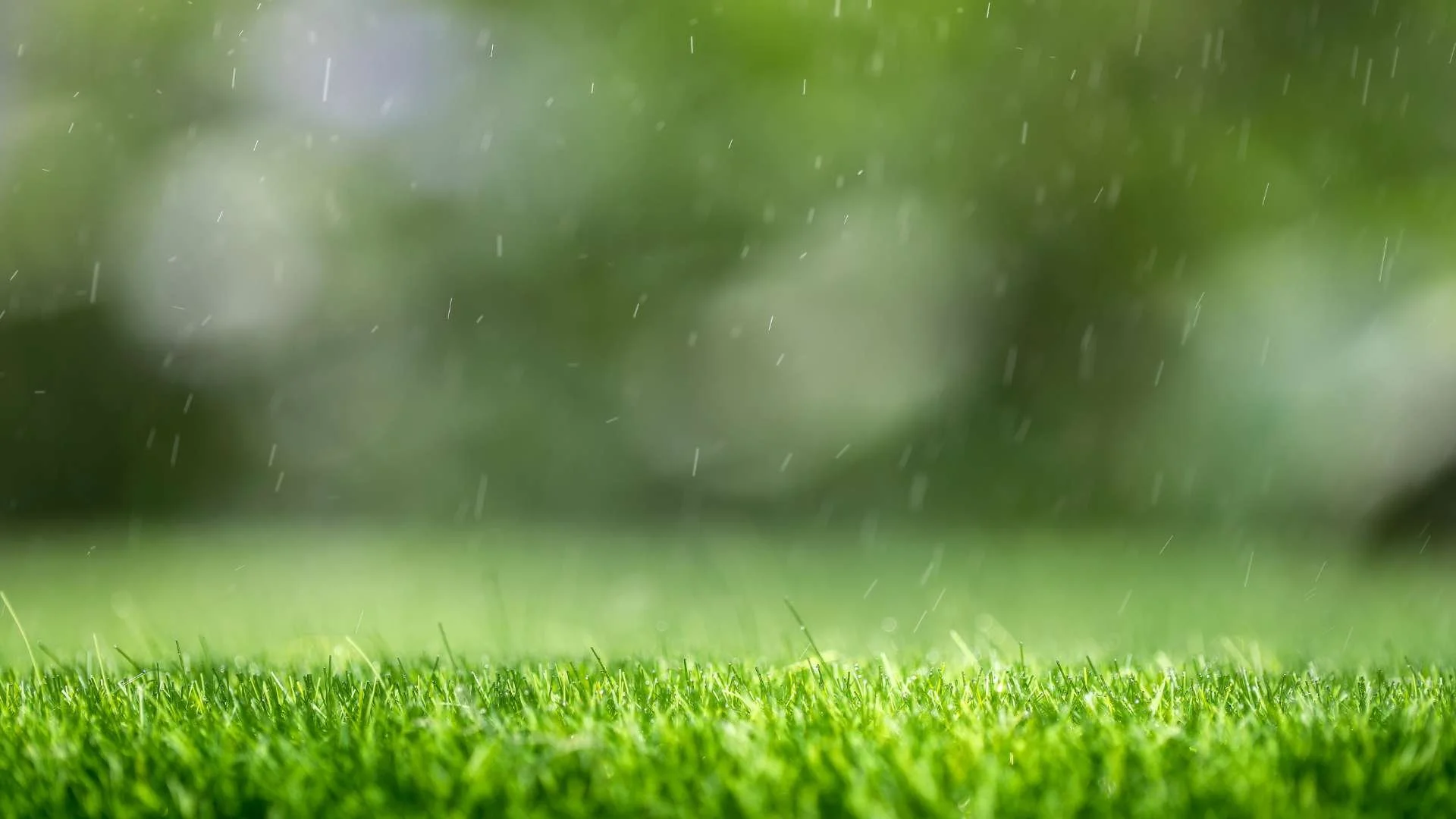When considering landscaping options, artificial grass might come up as a viable choice for your backyard. Known for its evergreen appearance and low maintenance, synthetic turf offers a clean and manicured look year-round. You might find it particularly useful in areas where natural grass struggles to grow, whether due to poor soil conditions or limited sunlight. Adopting artificial grass can also mean saying goodbye to the routine mowing, weeding, and watering that come with a traditional lawn.
However, it's essential to balance these benefits with the potential drawbacks before making a decision. While artificial grass requires less daily upkeep, the initial installation can be a significant investment. Quality and proper installation are crucial to ensure longevity and the desired aesthetic. Moreover, while artificial grass doesn't need watering, it does not offer the same natural cooling effect as living grass and can get quite hot to the touch in direct sunlight.
Your lifestyle, local climate, and sustainability objectives are key factors to consider in the decision-making process. If you have children or pets, you'll want to ensure that the materials used are safe and non-toxic, and the surface is suitable for play. It's also worth thinking about the environmental implications, from the manufacturing process to end-of-life disposal of synthetic turf. By weighing these pros and cons, you'll be better positioned to determine whether artificial grass is the right fit for your outdoor space.
Advantages of Artificial Grass
Investing in artificial grass for your backyard translates into multiple long-term benefits. From saving on maintenance costs to ensuring an evergreen lawn, the advantages are significant and tangible.
Low Maintenance Requirements
Artificial grass requires minimal upkeep compared to natural turf. You won't need to mow, as the blades are crafted from durable synthetic materials that do not grow. Without the need for watering, your lawn stays pristine and green with no hose in sight, freeing up your weekends from endless lawn care. This maintenance-free option is ideal for those who prefer a beautiful yard without the heavy upkeep.
No Mowing Required: Save time and energy.
No Watering Needed: Lower your water bill significantly.
Cost-Effectiveness Over Time
Initially, installation costs for artificial grass can be high, but it pays off. The initial investment leads to cost savings down the line, as you'll save on maintenance expenses like watering and fertilizing. Think of it as a long-term investment—artificial grass is durable and will stay lush for years, making the return on investment a major advantage.
Long-Term Savings: Reduces ongoing costs associated with lawn care.
Return on Investment: Benefits outweigh the initial expenditure over time.
Environmental Benefits
Artificial grass promotes water conservation as it eliminates the need for watering. Additionally, no pesticides or fertilizers are necessary, which means your backyard will be more eco-friendly and environmentally friendly. Taking these steps helps reduce your environmental footprint.
Water Conservation: Aids in preserving a vital natural resource.
Free From Chemicals: Offers a safe space without the need for harmful substances.
Durability and Year-Round Appeal
Durability is one of artificial grass's standout qualities; it's designed to withstand heavy foot traffic and resist wear and tear. Whether you're hosting parties or your kids are playing, the turf remains unscathed. Moreover, artificial grass looks good in any season, providing a long-lasting, year-round aesthetic appeal that’s invulnerable to weather changes.
Resists Heavy Foot Traffic: Remains intact despite constant use.
Maintains Appearance: Looks fresh and green all year, regardless of climate.
Disadvantages of Artificial Grass
While artificial grass offers low maintenance appeal, understanding the potential drawbacks is crucial before transforming your backyard.
Initial Investment and Installation
The immediate expense of artificial grass can be a significant factor to consider. Installation costs are typically high, mirroring the labor-intensive process and the cost of materials themselves. The upfront financial commitment may deter you if you're on a tight budget.
Installation Cost: Not only is the product itself expensive, but professional installation also adds to your initial outlay.
DIY Challenges: Installing synthetic turf yourself to save money involves complex steps that may be beyond the average homeowner's skills.
Heat Absorption and Comfort Issues
Synthetic turf might resemble natural grass, but it doesn't act the same under the sun. Heat absorption is a considerable concern since the material can get significantly hotter than natural grass.
Comfort on Hot Days: Walking on artificial grass in direct sunlight can be uncomfortable since it doesn't cool down as quickly as natural grass.
Prolonged Exposure to Sun: With time, the turf may become too warm for comfort, particularly during peak sun hours, reducing your backyard's usability.
Potential Environmental Concerns
Although synthetic turf doesn't require watering, environmental impact considerations such as its carbon footprint and air pollution are important.
Non-Biodegradable: Artificial grass isn't biodegradable, adding to landfill waste at the end of its life cycle.
Lost Natural Benefits: By replacing natural grass, you lose the environmental benefits of real turf, like carbon sequestration.
Limitations for Pets and Children
Your pets and kids may face limitations with artificial grass in their play areas. Cleaning up after your pets is more of a task, and safety concerns arise for your children's playtime.
Pet Waste: Removing and cleaning dog urine and waste from synthetic turf is necessary to prevent odors and bacterial buildup.
Safety for Kids: While deemed non-toxic, some cheaper varieties of artificial grass may be slippery or cause abrasions during falls, impacting the safety and comfort of your children.

